Back To Basics- How To Use Essential Oils

Understanding a little about the plants that essential oils come from can help guide one's comprehension of how essential oils can be useful. The plant parts used to make essential oils is a really great place to start on how to use essential oils safely and skillfully.
Plant oils are derived from:
- Flowers
- Peel
- Leaves
- Rhizomes
- Wood
- Bark
- Resins
They’re obtained through methods such as:
- Steam distillation
- CO2 extraction
- Cold pressing (rinds)
- Alcohol (solvent) extraction
One way to appreciate essential oils is to take a look at what particular plant parts do for the survival of their species. For example, leaves have a vital responsibility to assist plants with respiration and gaseous exchange. In the same way, those plant parts will have a corresponding effect on our own well-being. Oils made from the leaves of plants tend to support our respiratory system and fortify the lungs. Some examples of leaf oils that help us strengthen our breath are Pine, Fir, Tea Tree and Rosemary.
Here are some general principles to keep in mind about essential oils and plant parts:
|
Plant Part |
How it helps the plant |
How it helps us |
|
Flowers |
Attracts pollinators & imparts beauty |
Brightens appearance & mood of user |
|
Leaves |
Gaseous exchange |
Respiratory & immune support |
|
Woods |
Strength of the tree |
Affinity for bones, muscle, joints & skin |
|
Resins |
Moves nutrients & heals tree wounds |
Fortifies the blood & heals wounds |
|
Peels/Rinds |
Absorbs the sun & holds nutrients |
Uplifts mood & immune support |
|
Roots/Rhizomes |
Grounds plant to the earth |
Grounding and centering to the mind |
|
Seeds |
Offer subsequent generations |
Supports healthy fertility |
|
Bark |
Protects a tree from invaders/insects |
Provides antimicrobial support |
Let’s look at an essential oil blend as an example. Edens Garden’s Immunity essential oil blend is made with essential oils that are derived from citrus rinds (Lemon, Orange), the leaves of plants (Eucalyptus oil, Rosemary oil & Tea Tree oil) and the resin of a tree (Frankincense- Carterii).
Essential oils work spectacularly well In combination - better than they could on their own. In this case, the plant oils help by boosting the immune system, opening the breath and fortifying the blood. Immunity blend is a true powerhouse essential oil blend that combines different plant parts to help you keep your body healthy.
To understand a little more about what essential oils are and how they work, check out this blog post.
How to Use Essential Oils Safely
At Edens Garden, essential oil safety is paramount! There are many things to consider when it comes to essential oil safety. We all know that essential oils are highly concentrated plant oils. Diluting them is paramount to using them safely, especially when employing them topically.
We also strive to offer the best essential oils that are pure through GC/MS testing.
Factors to consider with essential oil safety include age, health concerns, medication intake, skin sensitivity and pregnancy. Let’s look at these factors individually:
AGE
- Avoid using essentials with children under the age of two
- Individuals ages 2-5 and elderly persons should use a low dilution of 1%
- If you’re unsure if an oil is safe for your child, check the label for an “OK For Kids” symbol or the oil’s safety section on its product page
- Between the ages of 6-10 you can use up to a 2% dilution and add a few more oils into the mix such as Lemon, Bergamot, Tea Tree, Cypress, Fir, Peppermint, Pine oils, Geranium and Ylang Ylang
- Read more about using essential oils safely with children here
HEALTH CONCERNS
- Certain essential oils may affect how medications work - some can enhance effects and some can inhibit or block medications. For example, essential oils that contain “alpha-bisabolol constituents such as German Chamomile, Blue Tansy, and Yarrow should be avoided by patients on any kind of antidepressant or antipsychotic medication.”
- Other essential oil constituents can inhibit diabetic medication. To read more about essential oils and medications, visit this article.
- Certain essential oils containing 1,8 cineole or menthol (Eucalyptus oil, Peppermint oil) may hinder breathing with asthmatics. Be sure to always have anyone afflicted with asthma smell the essential oil cap before using it freely with them. If it restricts breathing, use a different oil
- For more info, check out this post about using essential oils for certain health conditions
SKIN SENSITIVITY
- A number of essential oils are considered phototoxic. If used above a certain dilution, these oils can cause a burn or redness on the skin that can last weeks. Among the oils in this category include citrus oil such as Lemon oil. Read this blog post to read more about this and a full list of phototoxic oils
- Before using a new oil on your skin profusely, perform a skin patch test to rule out allergies or sensitivities to the oil
PREGNANCY
- To err on the side of caution, avoid using essential oils in the first trimester during the most delicate period of pregnancy. Afterwards, EOs should be used sparingly
- Topically, a 1% dilution or 6 drops of essential oil in 1 oz of carrier oil is recommended
- Certain essential oils should be avoided or used with caution. You can find a list of which oils to avoid during pregnancy and nursing here.
Where to Avoid & How to Not Use Essential Oils
To help you use essential oils effectively with your family, here are some safety tips:
- Don’t use essential oils in humidifiers
- Keep essential oils stored out of reach of children and pets
- Don’t add essential oils directly to the bath – oil and water don’t mix and the undiluted oils may irritate the skin. Instead, blend them into an Epsom salt and carrier oil mixture
- Avoid putting essential oils in or near the eyes, mucus membranes and private areas
- Never ingest oils unless under the care of a trained professional. You can read more about this here
- Some essential oils are phototoxic and should not be used topically if you will be exposed to sunlight or UV rays. If you’re unsure if your oil is phototoxic, check the safety information on your oil’s label or product page
How Essential Oils Can Benefit You
Modern science has only just begun its investigation into how essential oils can benefit us and help us maintain homeostasis. They are just beginning to identify and demonstrate specific chemical pathways that enable some essential oils to achieve their effects. Numerous lab studies, on animals and humans alike, look into the effects of single oils and components of oils.
Some have been found to:
- Improve memory and focus
- Calm the central nervous system
- Ease anxiety
- Reduce the severity of headaches and migraines
But, let's step back a bit and picture ourselves in nature inhaling the aromas among a field of flowers or canopied by the delectable aromatics of pine and spruce trees on a hike. How did it make you feel? Were you instantly filled with the serenity that nature can bestow upon us? This simple act gives you the potential to understand the power of holistic aromatherapy. For centuries, plant extracts and aromatherapy have been used in traditional and naturopathic medicine to support health and promote healing. There are numerous studies about the effectiveness of essential oils on the body and mind.
How To Use Essential Oils With Carrier Oils Or An Unscented Cream
Carrier oils (aka base oils) get their name because these oils carry essential oils to the skin and make essential oils safer to use for topical treatments. They are derived from flowers, seeds, fruits, etc.
If you prefer to blend your essential oils in a cream, it’s best to use an unscented cream.
For either a body cream or a massage oil, you want to use approximately a 3-5% essential oil dilution or 18-30 drops of essential oil per 1-ounce carrier oil. To use carrier oils as a springboard for making safe topical treatments, our dilution chart and guide are a great place to start to understand how much essential oil to safely use in a blend.
How To Use Essential Oils in Diffusers
There are two options when it comes to diffusers: passive and active.
At Edens Garden, our Ultrasonic Diffusers are considered active. Simply put, Ultrasonic Diffusers use a vibration that rapidly oscillates the plate at the bottom of the diffuser. This in turn breaks down the water and essential oils into nanoparticles which then emit the particles into the air.
To use essential oils in an Ultrasonic Diffuser, add 10 drops of essential oil per 100 ml of water.
Passive Diffusers, on the other hand, offer a more subtle aroma. These come in different varieties such as reed diffusers or ceramic terra cotta diffusers that may have a hole for a candle and a reservoir for the oils.
In some styles, a candle heats the essential oil and particles evaporate into the air. Other passive diffusers, such as the Bloom Ceramic Diffuser, simply absorb the oil and the oil gently floats into the air. Passive diffusers work best in small spaces such as the bathroom and may need more essential oils than an ultrasonic device but are ideal when you don't have electric outlets to use.
How to Use Essential Oils on the Back, Neck and Face
As with all topical applications, it is important to dilute essential oils with carrier oils such as Fractionated Coconut oil.
For body applications, such as during a massage therapy session, it’s important to blend the essential oils with a carrier oil to a 3-5% dilution, or 15-30 drops of essential oil in one ounce of carrier oil. For pain oil blends, you may use a stronger dilution of 5% to help reduce inflammation and muscle aches or joint pain. But for treatments that introduce oils for stress relief, for example, 3% would be a perfectly balanced ratio. Before applying oils to the skin, we recommend performing a skin patch test to rule out any sensitivities.
To protect the sensitive skin of the face, we recommend diluting essential oils to a 1% dilution which is 6 drops of essential oils in 1 ounce of carrier oil. We all know how potent essential oils are and less is always more! Once you have made your blend, try massaging the oil blend into the skin in gentle circles using your ring finger and let the oils do their work by soaking in and brightening your appearance.
You also may want to try out using a method of steam distillation to treat yourself to an at-home spa-like face steam. It's an excellent way to cleanse the pores, help normalize oily and dry skin, improve circulation and even help clear the sinuses. If you would like to understand how to do this, please read our blog on the subject.
Check out our dilution chart for more information on specific oils.
How to Use Essential Oils on the Bottoms of the Feet
The bottom of the feet may be a convenient place to apply diluted essential oils but the skin on the sole of the foot is very thick which doesn't make it an optimal location to absorb or benefit from your essential oils.
Rather, you could consider a foot massage that includes essential oil application on the tops of the feet up over the ankles to relieve swelling to improve circulation, especially if you have had a long day standing on your feet.
Suppose you are looking for a quicker and more efficient way to absorb essential oils into your body. In that case, this article has some interesting facts about aromatherapy and applying oils to the feet. To read more about it, check out this blog post.
How To Mix Essential Oils With Other Products
There are so many ways to blend essential oils into products. We can easily make aromatic massage oils with carrier oils and skin creams using an unscented cream, but what about other everyday products?
Here are a few ideas to get you into the DIY mood:
- 5 drops Rosemary Around The World
- 4 drops Peppermint Around The World
- 3 drops Lavender Around The World
- 2 tbsp Unscented Shampoo
Wash your hair as normal and rinse thoroughly and follow up with conditioner if desired. If you would like to read more about making DIY shampoo, read our blog post.
2. Liquid Hand Soap:
Shake well and use to keep germs at bay and your immune system strong.
3. Hand Sanitizer:
- 1 oz Aloe Vera Gel
- 1 oz Grain Alcohol
- 15-18 drops Immunity
Using a 2 oz pump and glass bottle, blend the Grain Alcohol and the Immunity essential oil blend. Let sit for a few hours and then add the Aloe Vera Gel. Shake well and take it with you when traveling to wipe down airplane trays and seats!
4. Bathroom Scrub:
- 1 cup Baking Soda
- 2 tbsp White Vinegar
- 4 tbsp Liquid Castile Soap
- 30 drops Essential Oil
Blend dry ingredients then mix in the Liquid Castile Soap and White Vinegar (it will bubble up for a few seconds). Add the essential oils of your choice. Peppermint, Lemon and Tea tree make for an excellent cleaning blend!
5. Spray Deodorant:
Using a 4 oz fine-misting glass spray bottle, blend the essential oils with the Grain Alcohol and let sit overnight. The next morning, add Distilled Water and hake. Try a skin patch test to rule out any skin irritation.
SOURCES:
- 11 Essential Oils: Their Benefits and How To Use Them https://health.clevelandclinic.org/essential-oils-101-do-they-work-how-do-you-use-them/
- Can Essential Oils Interfere With the Prescriptions You’re Writing? https://www.thriveap.com/blog/can-essential-oils-interfere-prescriptions-youre-writing#:~:text=Oils%20containing%20farnesene%20and%20alpha,the%20effects%20of%20these%20drugs.
- Pototoxicity and Essentail Oils https://www.aromaweb.com/articles/phototoxicity-essential-oils.asp
- Essential Oils and Pregnancy Safety https://www.morelandobgyn.com/blog/essential-oils-and-pregnancy-safety#:~:text=Finally%2C%20pregnant%20women%20should%20avoid,adding%20them%20to%20a%20diffuser.
- Essential oils – Health Warning https://www.healthywa.wa.gov.au/Articles/A_E/Essential-oils#:~:text=Essential%20oils%20are%20not%20safe,essential%20oil%20ingestions%20in%20children.
- Tasting Garlic Through your Feet https://tisserandinstitute.org/learn-more/tasting-garlic-through-feet-aromatherapy/?gclid=CjwKCAjw6raYBhB7EiwABge5KuctwF7so7UIVKafxyl16IRxVdmaszRN1VyTaYkkNeitzDvpWVncTBoCajwQAvD_BwE
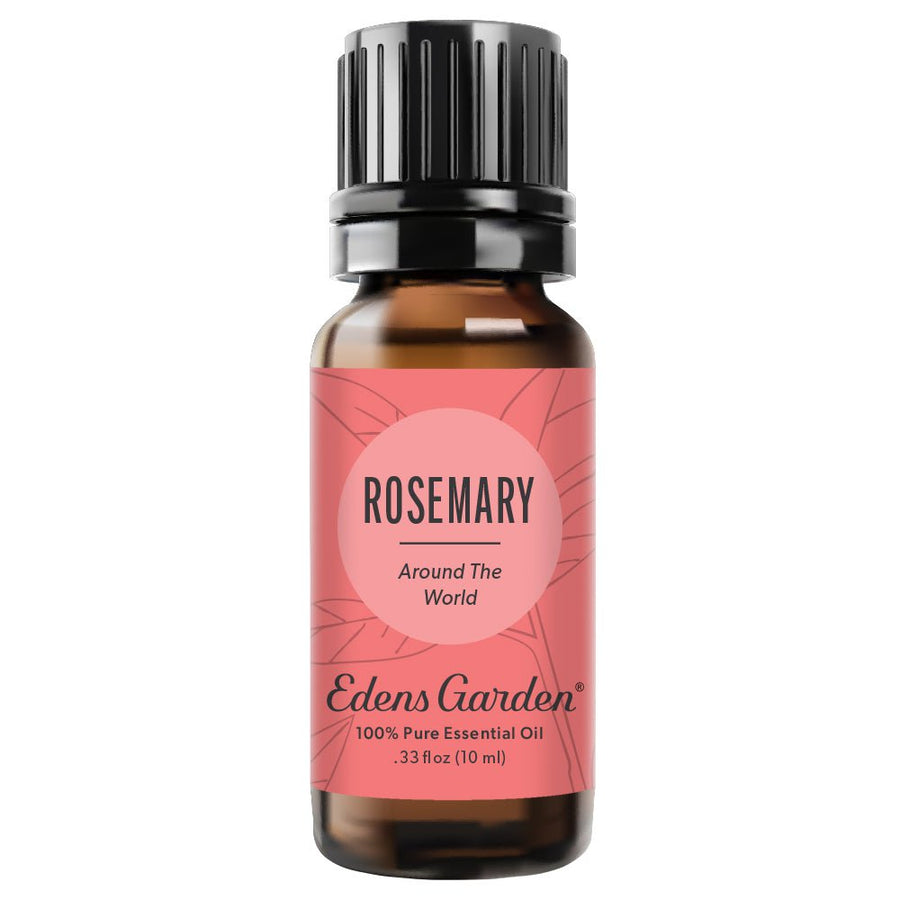
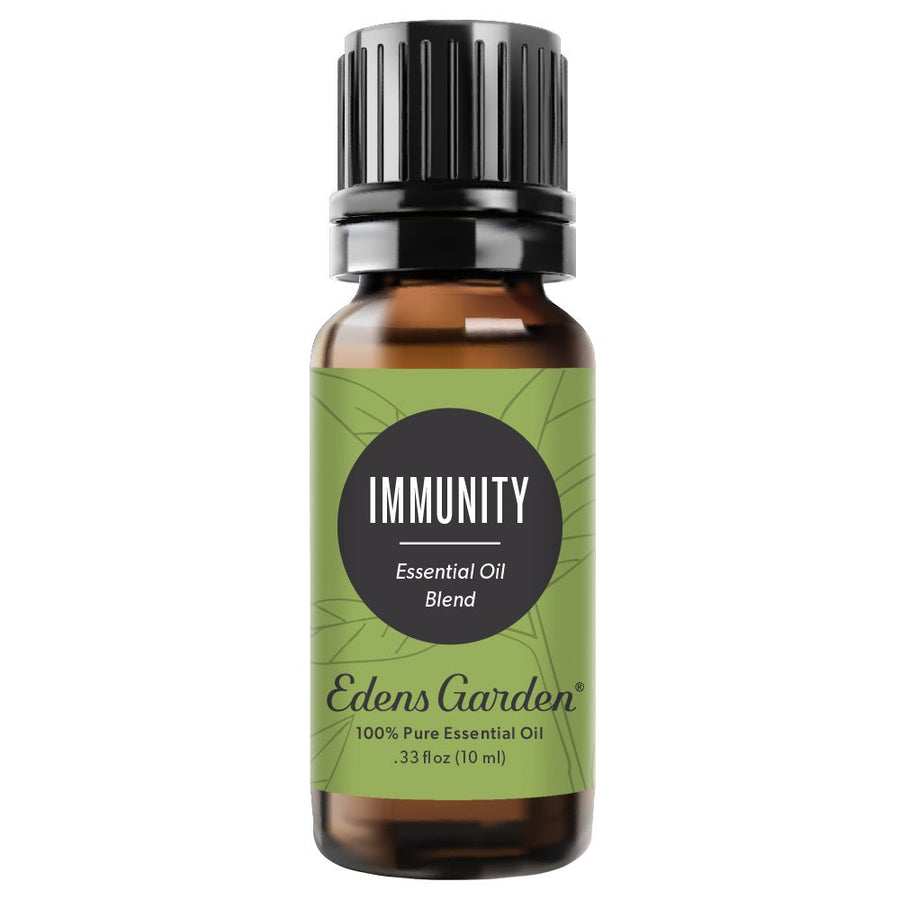
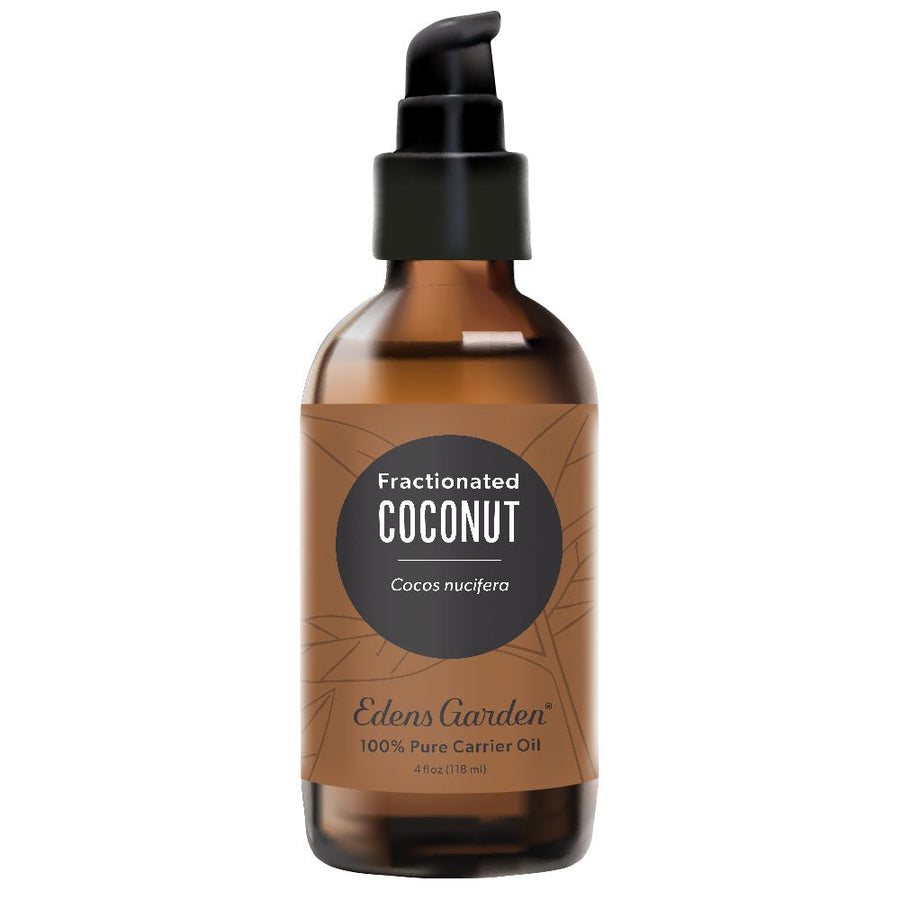
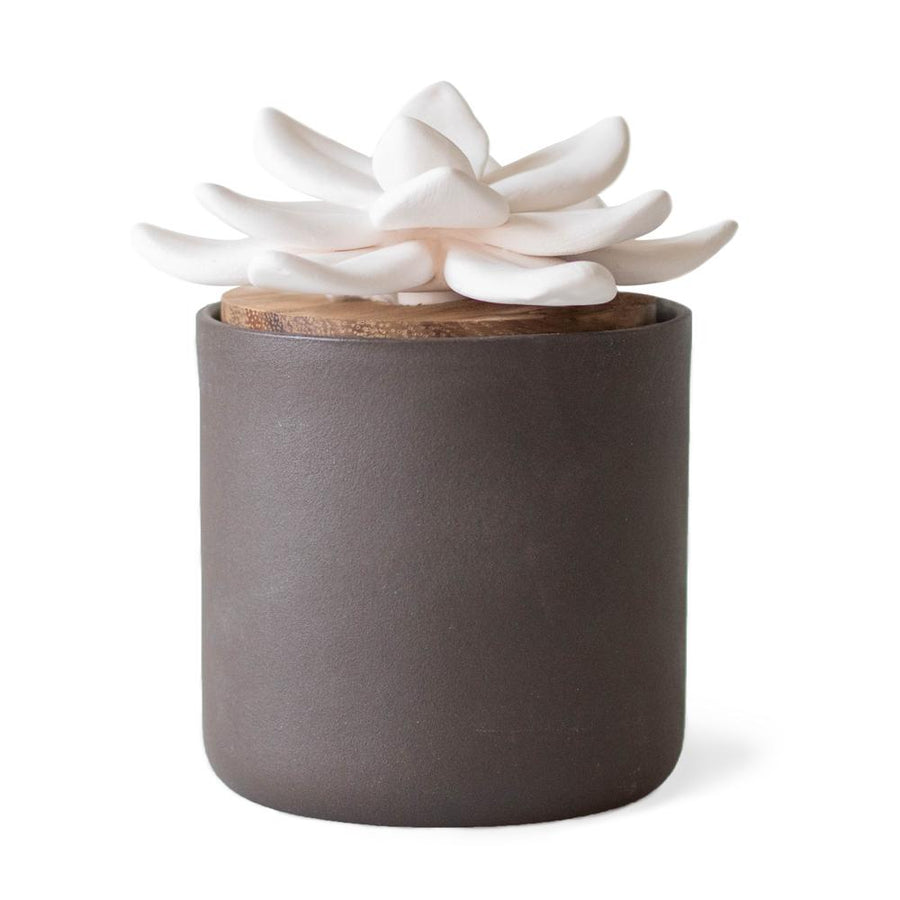
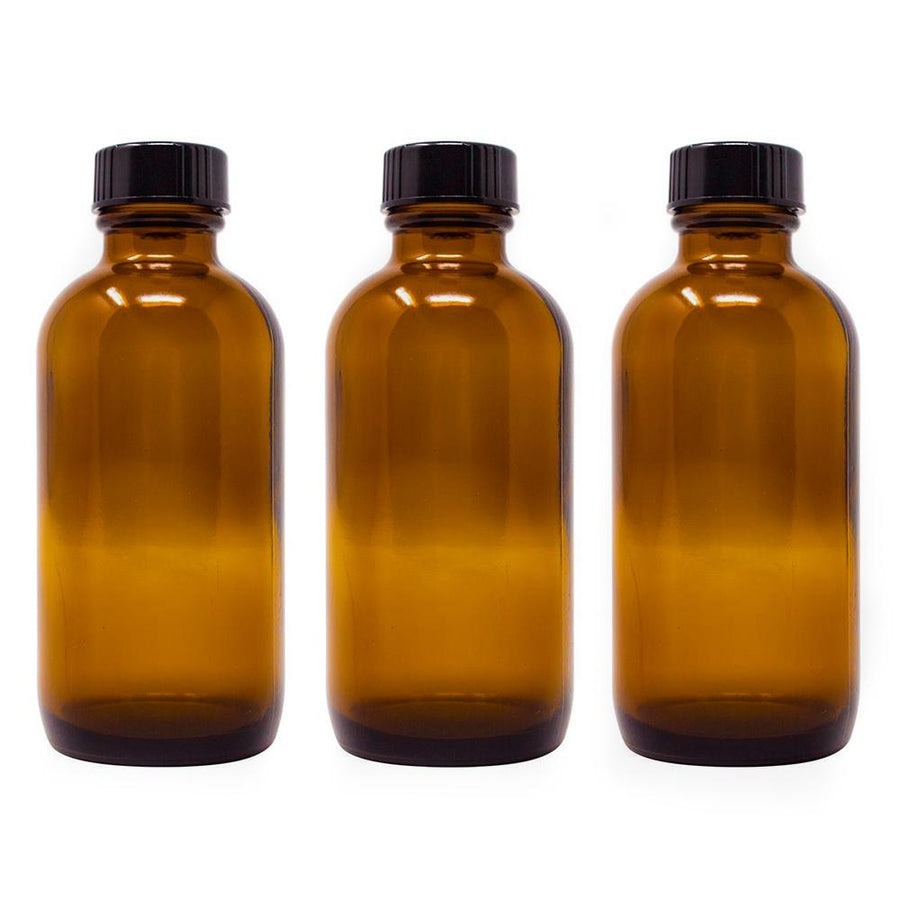


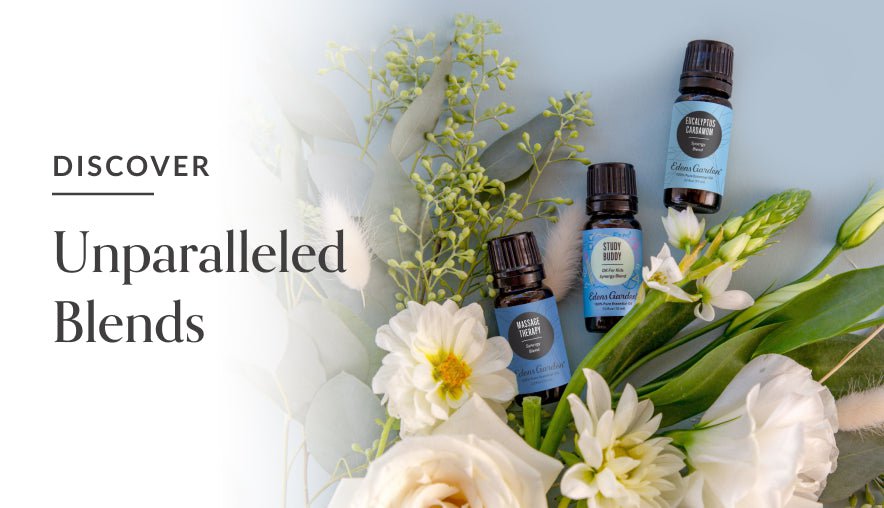
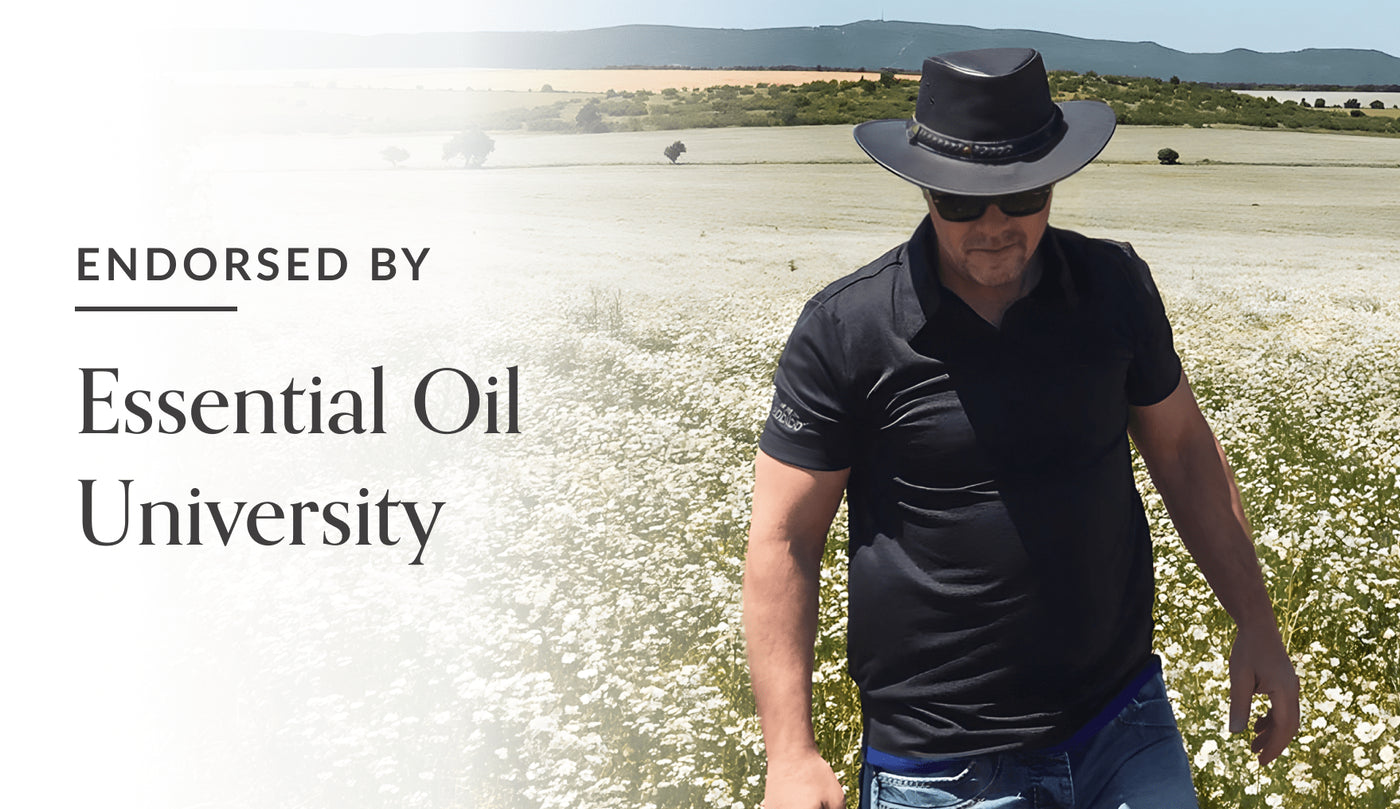
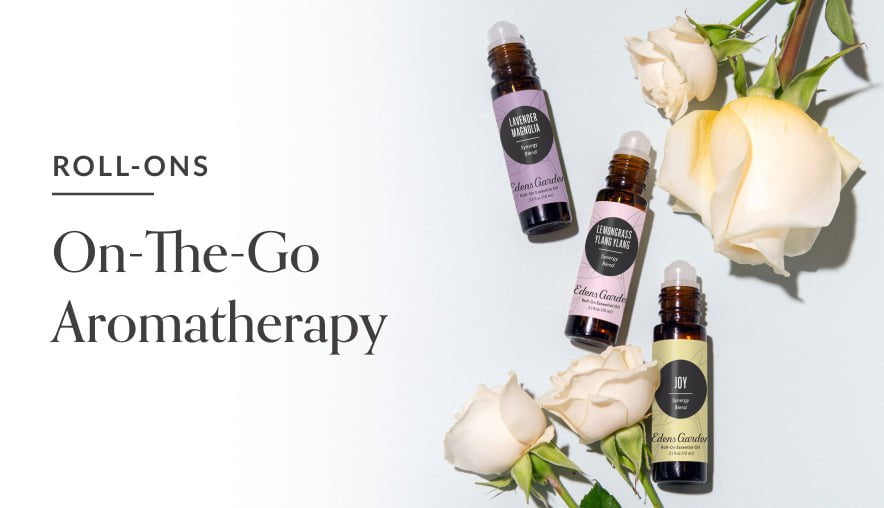
Leave a comment (Comments will be approved before showing up)